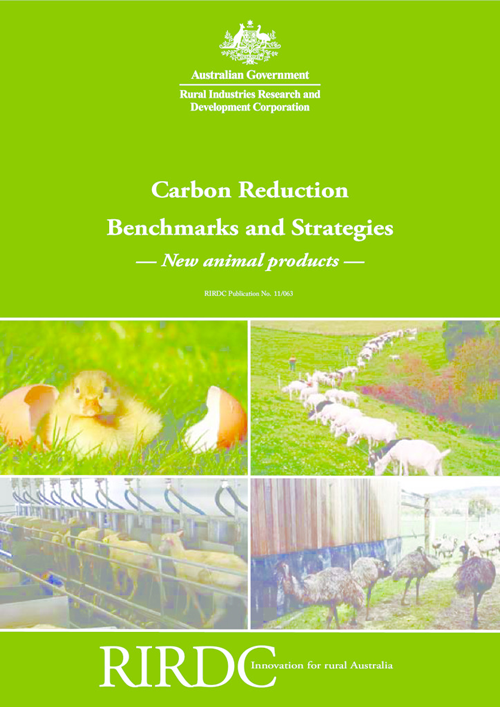Accelerating wattle seed production for the Australian native food industry
The Australian wattle seed (Acacia spp.) industry is poised for significant growth after the establishment of several commercial orchards in recent years. In 2020, about...

115 pages
Published: 29 Jul 2011
Author(s): Michael, David
Download report PDF
DownloadPurchase a hard copy - AUD $55.00
This RIRDC report uses the Life Cycle Assessment (LCA) methodology to analyse resource use and emissions along the value chains of selected New Animal Products (NAP) industries.
The key findings are that some NAP industries (especially the non-ruminants) have significant potential to contribute to reduced emissions from agriculture due to their fundamentally low levels of enteric emissions. Feed conversion efficiency is equally important.
For ruminant industries (including dairy sheep and goats) the emphasis is more on improvements to productivity through intensification which is shown to reduce emissions per unit of output as well as increase profitability.
The implications for policy are that improved environmental management requires detailed attention along the whole supply chain but with particular emphasis on feed conversion efficiency, improved productivity and environmental management information systems. Effective management of carbon emissions and resource use requires high quality measurement and management information systems.